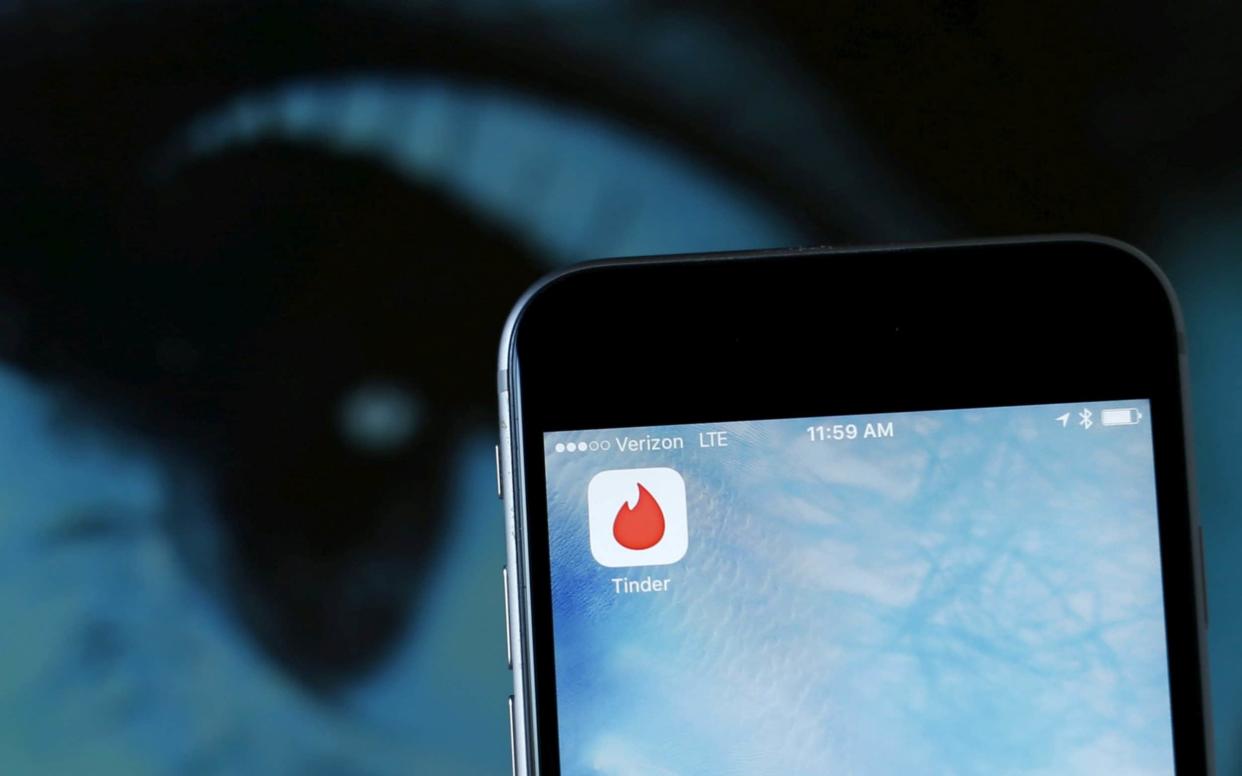The mystery of the Tinder matching algorithm

Are you waiting for fate to bring you your soulmate? You shouldn't. Chance is being removed bit by bit from romance, as more people are matched by the secretive algorithms behind dating apps.
Tinder, the best-known swipe-based app, revealed that its matches may not be as random as they seem. Engineers on the app, which sets up a million dates every week, can change the course of people’s lives by tinkering with this sorting process. They are Emma Woodhouses, with superpowers.
A few years ago, the company’s CEO, Sean Rad, revealed that users on the app were given a “desirability” score. This was worked out by totalling the number of people who swiped right on your profile (meaning they are interested), and those who swiped left (meaning “no thanks”).
Right-swipes from people who had been judged to be attractive themselves counted more towards your score. So if a “hot” person wants to date you - you’re probably hot too.
This matching procedure is known as the “Elo system”, similar to the scoring method in chess where you are considered a better player if you beat someone with more wins under their belt.
It is unclear what Tinder did with the score: maybe more attractive people were shown first on the app for everyone, or if the points were used to make relationships with people who were roughly the same level of good-looking.

Tinder says that Elo is now “an outdated measure” and has been ditched in favour of “cutting-edge technology”. What this “technology” does is a mystery.
The app claims its matches are heavily influenced by proximity, which makes sense. Why start a long-distance relationship when you could date the girl next door? It also says you will get more matches the more you use the app: so people are more likely to be matched with active users.
And of course, users do a lot of the sorting themselves. When signing up for Tinder, people are asked for their own age and gender, and the preferred age and gender of their matches. If I am looking for a woman aged under 30, I will not be shown a 45-year old man.
The rest is vague. In a blog post, it delphicly says: “We think the party gets better when great people, from all walks of life, can get together. Our algorithm is designed to be open and we love our results.”
“We aren’t going to show you all the blondes first because they supposedly have more fun”, it continues. “We don’t believe in stereotypes.”
A French author and journalist, Judith Duportail, has just released a book which looks under the surface of the app. After a few years of using Tinder, she requested to see all the information that the company had on her under EU data protection rules. It came to 800 pages.

In L’Amour sous Algorithme (Love under Algorithme, unsurprisingly) she makes the case that the company is trying to patent a matching process which could use more information it has about users to put them together.
The patent says the app could purposefully match people with the same initials, or whose parents do the same jobs, to make them feel like destiny brought them together.
Even darker is the part of the patent which describes how “Harry” and “Sally” (the names used in the application) could be matched by their relative incomes and education levels. The example used shows men being less likely to be matched with women who earn more than them, or who are better educated. How progressive.
(And I wonder how Nora Ephron would feel about her story of characters, who fell in love after multiple chance encounters before the age of smartphones, being used here.)
A spokesman for Tinder said that more information on the algorithm can be found on its blog. “The post addresses how Tinder's algorithm is designed to be open, and how the most important factor that can help you improve your match potential on Tinder is using the app”, said the spokesman.
All in all, it seems that Tinder, like love, works in mysterious ways.


